World Glaucoma Week
This week is World Glaucoma Week. The number of people with glaucoma is expected to increase to 76 million in 2020. There is still a huge lack of awareness of this potentially blinding condition meaning that a significant number of people have advanced sight loss by the time they see a glaucoma specialist and the diagnosis is made. World Glaucoma Week is a chance for us to increase awareness of this ‘silent thief of vision’ and encourage people to have their eyes examined and eye pressures checked. This is particularly important for people who have glaucoma in their family and for anyone over the age of 60 who has not had a recent eye test as glaucoma is more common as we get older.
What is Glaucoma?
Glaucoma is a condition where the optic nerve is damaged over time, initially causing loss of peripheral vision. By the time the central detailed vision is affected the condition is very advanced. Glaucoma damage cannot be reversed and as the patient has no symptoms in the early and moderately advanced stages it can only be picked up by examining the eyes and checking the intra-ocular pressure.
Are there different types of glaucoma?
Early diagnosis is critical to preserving vision and reassuringly, most glaucoma can be treated relatively easily when it is picked up early.
There are different types of glaucoma. In some types the eye pressures are normal and yet the nerve is still damaged, “normal or low tension glaucoma.” We think this may be due to alterations in blood flow to the optic nerve or lack of support from the scaffold tissue that supports the optic nerve. In some cases it is due to enlarging cataracts within the eye that slow and block the flow of fluid out of the eyeball,”narrow angle or phacomorphic glaucoma”. The commonest type is known “primary open angle glaucoma or POAG.” In POAG the drainage channels within the eyes are open but they cant process aqueous fluid efficiently to maintain a normal eye pressure.
Glaucoma Treatment
No matter they type of the glaucoma, the principle of treatment is the same; the eye pressure has to be reduced. This can be done with drops, laser treatments or surgery and a personalized treatment plan is needed for each individual with the condition. Make of the most of World Glaucoma week and have a glaucoma screening examination. If you have already had your eyes checked recently then encourage friends and family to have their eyes checked. Modern life means we are often to busy to prioritize an eye check up but it can mean the difference between losing vision, a driving license or our independence in looking after ourselves.
What to expect when having a glaucoma examination?
We have excellent diagnostic tools now for helping us decided whether a patient has glaucoma or not. A typical glaucoma examination involves
Examination of the eye with the slit lamp microscope
Click other tabs to learn more about what happens at an examination.
Measuring the eye pressure with the most accurate method of pressure testing known as Goldman applanation tonometry, This method of pressure testing is more accurate than the air puff pressure testing.
A contact lens is placed onto the eye to examine the drainage channels within the eyeball, specifically looking to see if they are open and there is enough space for the internal fulid of the eye to access the drainage pathway. We can also see signs of previous trauma to the eye, abnormal pigment and evidence of previous inflammation, all of which can affect the eye pressure and cause glaucoma. Gonioscopy needs to be carried out by an experienced glaucoma specialist to ensure the examination is carried out precisely and the findings interpreted correctly.
In this test we measure the thickness of the cornea, the window at the front of the eye. This is a painless portable ultrasound test, quick and easy to do. We all have different shoe sizes and come tall and short and the cornea can be medium thickness, wide or narrow. This is important as we need the most accurate measurement of pressure possible. The eye pressure measuring equipment is calibrated for average thickness so if your cornea is thicker than average this means the pressure measuring test overestimates the pressure in the eye and conversely, if its thinner than average it underestimates the pressures. Precision in eye pressure measurement cannot be stressed enough as diagnosis and treatment monitoring relies heavily on accurate pressure testing.
The optic nerve is like a fibre optic cable made up of many individual nerve fibres that come together to form the nerve that senses light signals and transmits them to the brain for processing. This clever piece of technology is able to scan the optic nerve precisely, provide a 3D reconstruction and provide accurate measurements of the thickness of nerve tissue and density of the fibres at different positions within the nerve. Early glaucoma damage where only a few of the fibres are affected can be difficult to see, even with the examination microscope, however the scanner can pick up very early change meaning that the glaucoma specialist can interpret that change in a personal context for the patient. OCT scanning is quick and easy to do and it is usually carried out at every assessment. The more baselines scans you have the easier it is to detect change.
This tests the sensitivity of the peripheral vision, the first part of the vision affected by glaucoma. People do not notice that their peripheral vision has become less sensitive in the early and moderate stages of the disease. When taking the test the person is asked to look at a central spot in a white bowl and lights are shone at differing intensities around the peripheral part of their vision. You have to press a button each time you see a light. This allows accurate mapping of the peripheral vision. The visual field is also affected by other neurological conditions such as a stroke or multiple sclerosis so the results need to be interpreted by an expert. It takes time to learn how to do the test well so don’t be alarmed if you find the first few tests challenging, it usually takes 3 tries to get the technique.
In World Glaucoma Week 2017, lets get the message out that with early diagnosis and treatment we can save sight. Having an eye examination is quick and painless, don’t leave it until its too late. Late diagnosis means we cant save vision and is a huge missed opportunity. Book your appointment this week.
Request a call back

I had the best experience working with Dr Crawley. I felt looked after and she took the time to get to know me. I would highly recommend her.

From the moment I met her to the moment I left, I was treated with great courtesy and kindness, and everything was explained to me in layman’s terms so I could fully understand my condition. I was immensely impressed.

“Thank you very much for seeing me yesterday, you were marvellous and a pride to the NHS”

Dear Laura,
Just a quick note to say thanks for looking after my mum Mrs M. so wonderfully. It was so good of you to take so much time and care as she was very worried about my appointment and you really made such a difference to my experience. Thank you.

Dear Angela and Laura,
Thank you very much for seeing me yesterday. You were both marvellous and a pride to the NHS. You could, if you two wish, send this to your line manager. Thank you again!

Dear Laura,
Enjoy your holiday and thanks for everything so far.
Best Wishes
Accreditations and Memberships
Related articles
If you have glaucoma and need cataract surgery
A fast-track treatment for individuals with glaucoma who also need cataract surgery is a game changer because it dramatically reduces the time that patients will spend in surgery and recovery. Thanks to medical advances, both conditions can now be treated in the same operation, meaning that the recovery time for patients is exactly the same as for a single cataract operation. Laura Crawley and her colleagues at the Western Eye Hospital at Imperial College NHS Healthcare Trust were one of the first teams in the UK to offer revolutionary laser therapy and micro-stent implants to glaucoma patients.
Over 60? Take this 2 minute quiz to assess your glaucoma risk
Over 60? Take this 2 minute quiz to assess your glaucoma risk 1. When did you last have a routine eye test? All routine eye tests involve measuring the pressure inside the eye [...]
Glaucoma symptoms – 5 important warning signs you need to see a professional right away
Glaucoma in its commonest form is entirely asymptomatic and you cannot rely at all on noticing a change in vision or other eye symptoms to alert you to the possibility that you might have early disease. However, there are some important warning signs you should not ignore.
Can you avoid blindness by checking for glaucoma at home?
Many of the patients who were registered blind in 2016-2017 potentially could have avoided this devastating vision loss if an eye healthcare professional picked up their glaucoma earlier. Don't be among those who rely on at home tests only to have their glaucoma fail to be detected until it's too late.
If you’re over 60 you can’t afford to wait another year for your next eye exam
Glaucoma, like diabetic retinopathy, has no symptoms in the early stages. The early stages are the golden opportunity to diagnose and treat the condition so that you never lose significant vision in your lifetime. Having a routine eye examination doesn’t hurt, is easy and doesn’t involve long waits for test results.
The one question every patient should ask about their glaucoma treatment – but doesn’t
Please, ask what your maximum eye pressures are before you start treatment and keep all copies of your medical reports. It makes managing your eye conditions much easier and much safer.


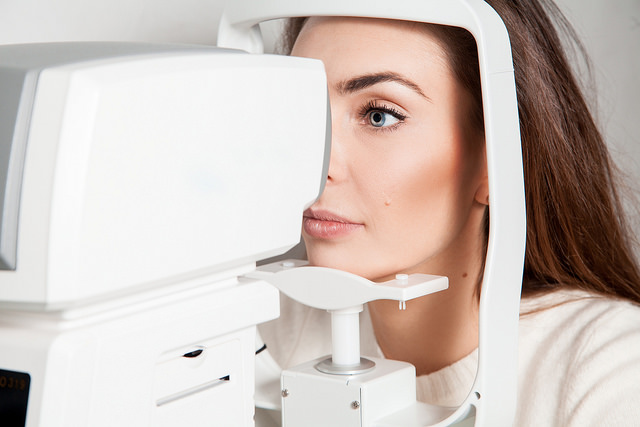








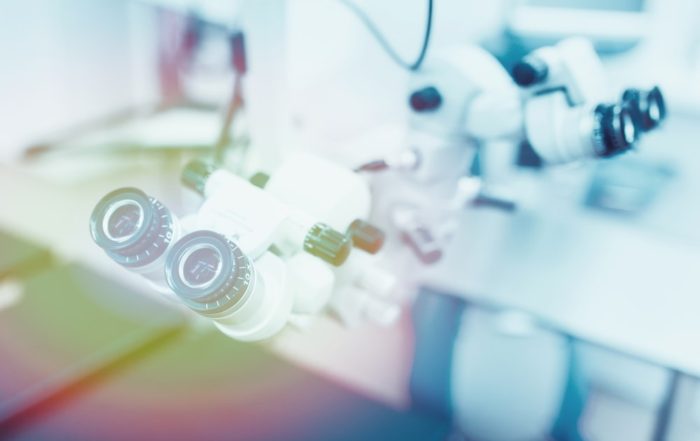


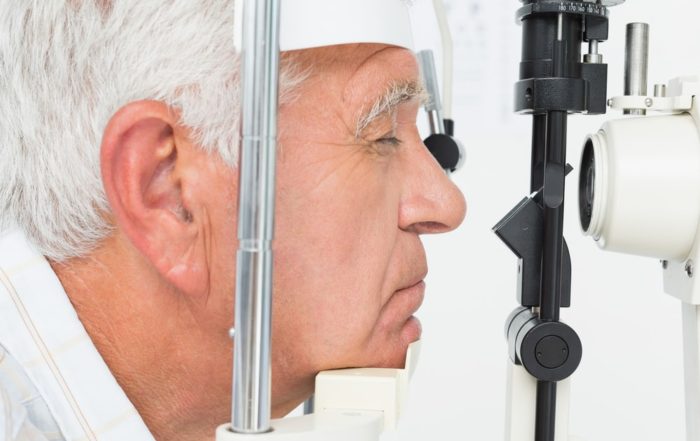
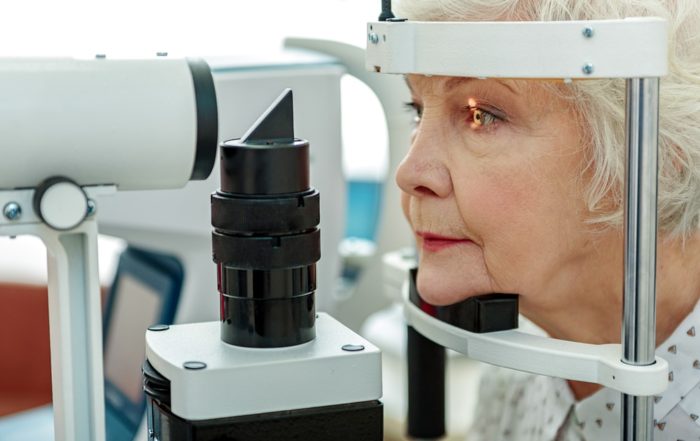

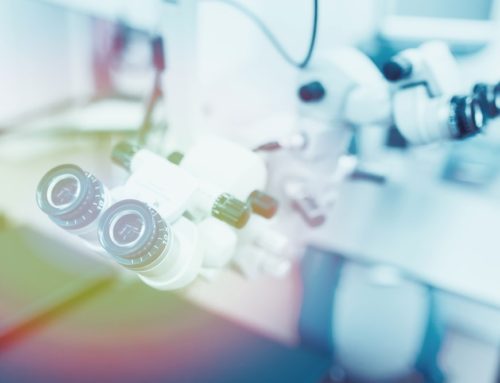


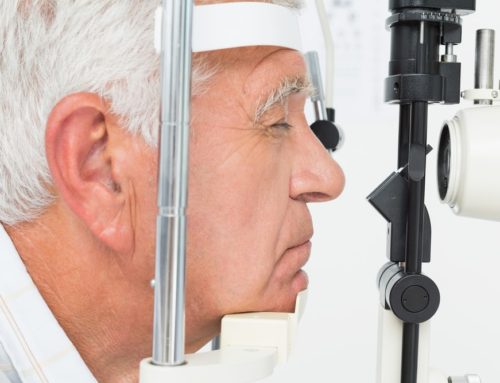
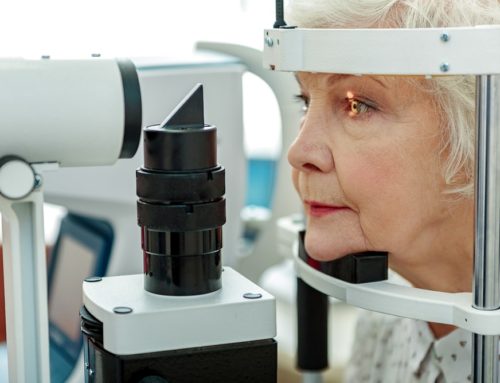
Leave A Comment